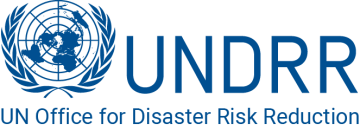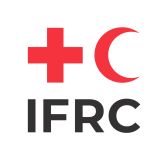Early Warnings for All Dashboard
The dashboard is the product of the global cooperation on the Initiative, with partners who put together data, sources and methodologies towards the creation of an online monitoring tool. It works towards facilitating information sharing, enhancing coordination, and strengthening accountability. It is intended to serve as a centralized data portal where data for the four Early Warnings for All Key Pillars, as well as those for disaster risk reduction (DRR) strategies and cross-cutting enablers can be monitored and visualized.
The dashboard presents selected monitoring indicators structured along three categories:
- Global indicators: metrics that capture the Initiative’s impact on the availability of end-to-end, people-centred multi-hazard early warning systems. The data is based on official reporting mechanisms, such as the Sendai Framework Monitor, and information from the WMO Monitoring System.
- Implementation indicators: metrics based on the Initiative’s monitoring and evaluation framework. Along with the cross-cutting indicators on the enabling environment, a subset is presented for the four pillars:
- disaster risk information;
- hazard monitoring and forecasting;
- warning dissemination and communication; and
- disaster response capability.
- Country capacity indicators: baseline data on the early warning capacity of the roll-out countries. The current focus is on hazard monitoring and forecasting (Pillar 2) with the aim to expand coverage on all four pillars. The approach is expected to inform the development of a maturity index.
The dashboard will be continuously enhanced with more data and new metrics. It initially showcases the immediate outputs of the initiative and will later expand to illustrate higher-level outcomes with linkages to impacts, as defined in the Initiative’s theory of change.





